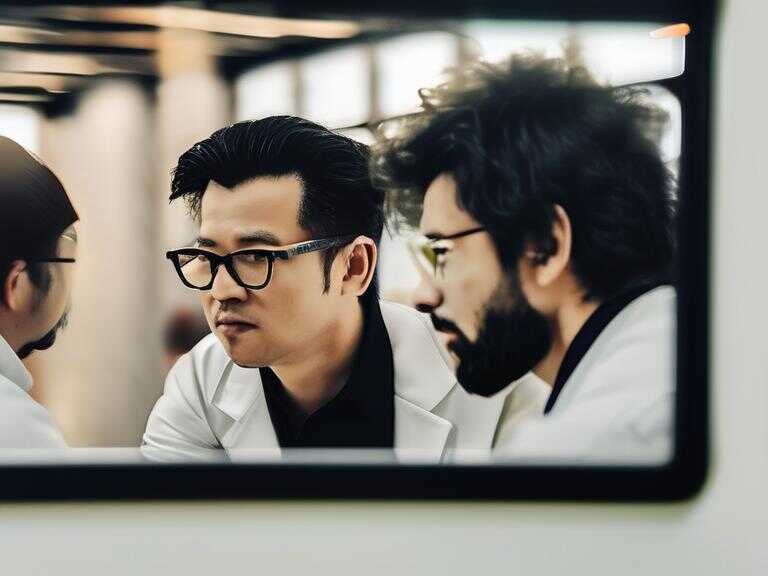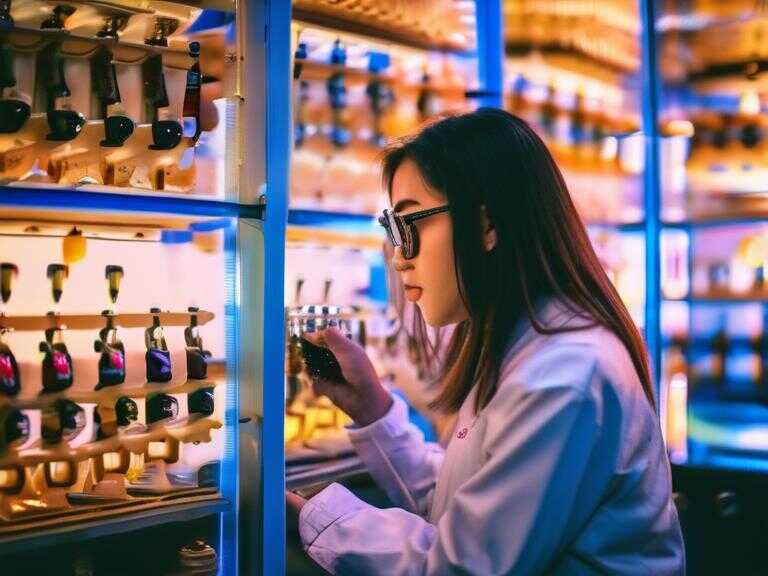
Scientists Propose Lunar Biorepository to Preserve Plant and Animal Cells for Future Generations
Plants and animals face unprecedented extinction rates on Earth, leading scientists to consider a lunar biorepository for cryopreserving cells in extreme conditions.

Recent studies have shown that plants and animals are facing a critical threat of extinction on Earth. In response to this crisis, scientists are exploring an innovative solution - a lunar biorepository. This groundbreaking facility aims to preserve and store plant and animal cells on the moon, leveraging the extreme cold temperatures of the lunar poles to ensure long-term viability.
The Need for Lunar Preservation
Mary Hagedorn, a senior research scientist at the Smithsonian National Zoo and Conservation Biology Institute, highlights the necessity of the lunar biorepository. She emphasizes that there are no locations on Earth with temperatures cold enough to effectively preserve these vital cells. The concept draws inspiration from the successful Arctic Svalbard Seed Vault in Norway, which preserves seeds in permafrost conditions at just under 0 degrees Fahrenheit for extended periods of time.
Preservation of Animal Cells
Hagedorn's team is focusing on preserving animal cells, particularly those of threatened and endangered species, to safeguard biodiversity. These cryopreserved cells can be utilized to regenerate animal populations, serving as a crucial conservation tool. Additionally, the lunar biorepository aims to include a diverse array of animal species that play integral roles in different ecosystems, such as pollinators, environment modifiers, and organisms thriving in extreme conditions.
Challenges and Solutions
While the concept holds immense potential, there are challenges that need to be addressed. Radiation exposure and extreme temperature differentials on the moon pose significant hurdles to the preservation process. Scientists are exploring potential solutions, including antioxidant cocktails and physical barriers to mitigate the impact of radiation. They are also investigating the impact of microgravity on the long-term viability of the preserved cells.
Alternative Perspectives
Some experts, such as Noah Greenwald, the endangered species director at the Center for Biological Diversity, express reservations about prioritizing a lunar biorepository over immediate conservation efforts on Earth. Greenwald emphasizes the urgency of protecting natural habitats and preventing species loss as primary priorities.
Collaborative Global Effort
Hagedorn stresses that the development of a lunar biorepository will require collaboration on a global scale, involving various nations, agencies, and cultural groups. This ambitious endeavor necessitates a multidisciplinary approach, combining the expertise of biologists and engineers to ensure its success in the long term.
Share news















